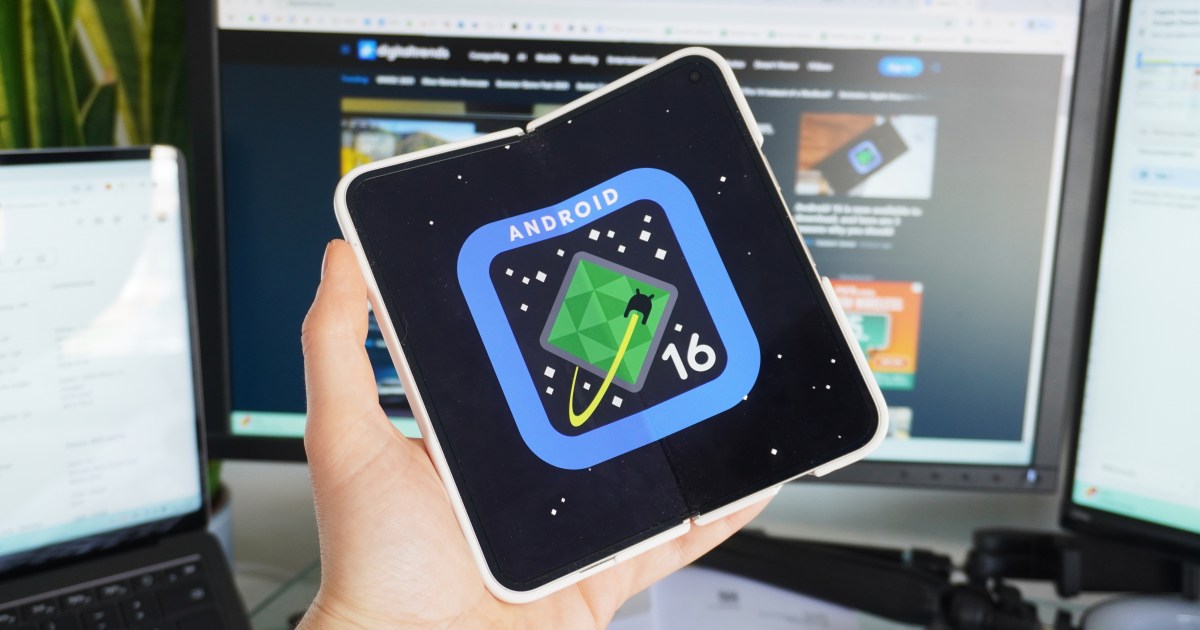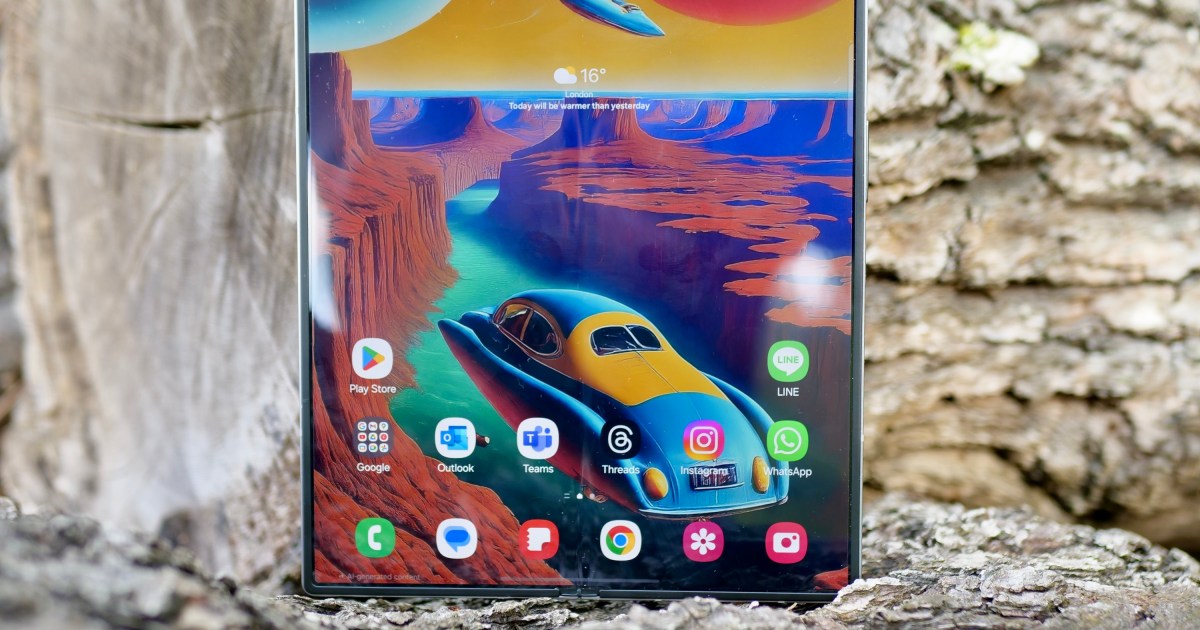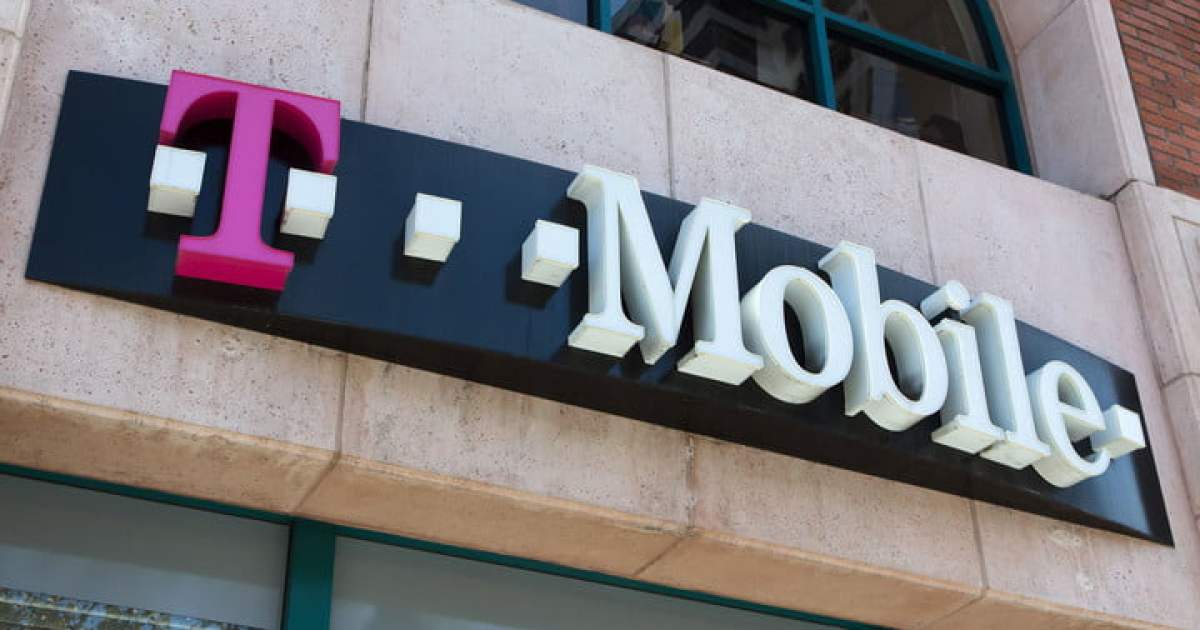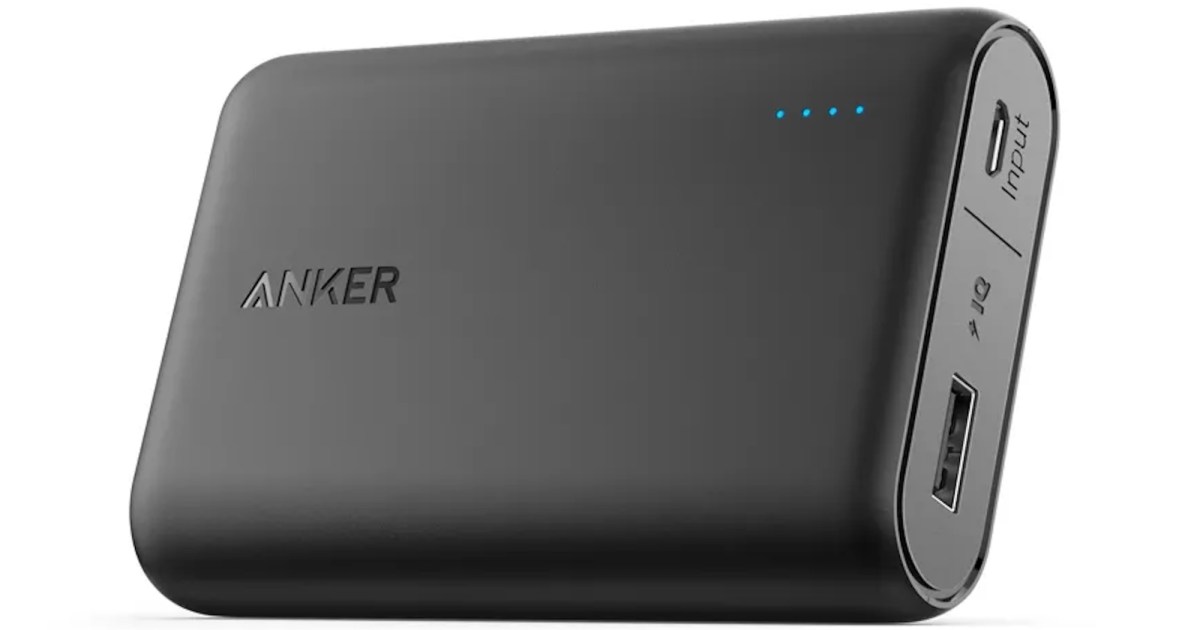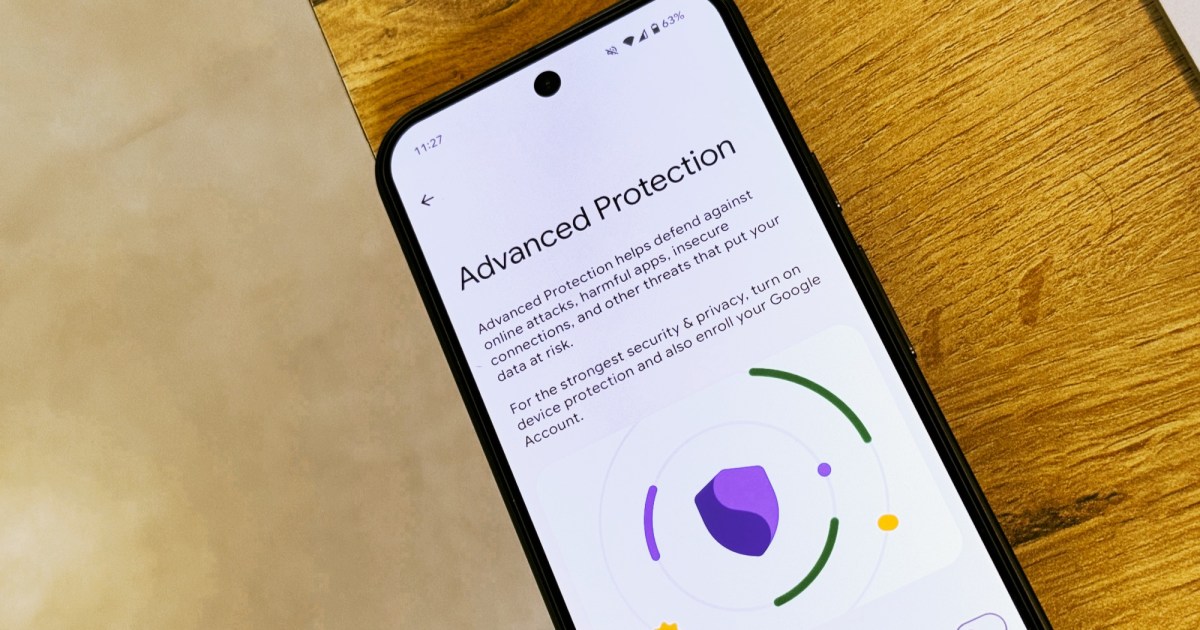I’ve just installed the Android 16 update on my Pixel 9 Pro Fold. As a self-confessed software update enthusiast, this should be a landmark moment. So, why the distinct feeling of anticlimax? Whether it’s a minor app refresh or a full operating system overhaul, I relish dissecting changelogs and exploring new functionalities. Each major software generation typically brings a personal thrill as I eagerly engage with the latest offerings. When Google released the Android 16 update for Pixel devices yesterday, my excitement as a Pixel owner was palpable. Yet, initially, it left me yearning for iOS 26.
The Allure of Apple’s “Liquid Glass”: iOS 26’s Visual Leap
While Google delivered an incremental upgrade with Android 16, Apple unveiled its most significant platform update since iOS 7 in 2013—a span of twelve years. Unsurprisingly, Apple had a wealth of innovations to showcase during its WWDC 2025 keynote on June 9, with the brand-new “Liquid Glass” redesign taking center stage. This visual transformation is poised to make your iPhone (along with iPad, Mac, Watch, and Apple TV) feel instantly fresh and exciting upon its release this fall.
 Multiple iPhone screens showcasing the new iOS 26 Liquid Glass redesign features and interface.
Multiple iPhone screens showcasing the new iOS 26 Liquid Glass redesign features and interface.
In contrast, Android 16 looks and feels remarkably similar to Android 15. Navigating the interface post-update reveals no immediate indication that I’m using a new iteration of Android. While expecting a major cosmetic overhaul annually is unrealistic, the lack of visual change makes it more challenging to appreciate Android 16’s underlying enhancements. Even the Android Easter egg remains essentially the same space-faring mini-game featured in Android 15 and Android 14, a departure from the days of unique Easter eggs for each new version. Yet, I recognize this initial disappointment is somewhat irrational.
Beyond the “Liquid Glass”: Deconstructing iOS 26’s Offerings
I admit, Apple’s new software design initially captivated me. However, looking past the polished exterior, what substantial advancements does iOS 26 truly introduce? The Live Translation features are undoubtedly impressive, offering real-time translated subtitles in FaceTime and live virtual voice translation during phone calls—genuinely useful integrations of Apple Intelligence into everyday applications. Updates to Genmoji and Image Playground will appeal to some, but Android 16 counters with its own custom stickers upgrade for Gboard, so iOS 26 isn’t necessarily pulling far ahead in this regard.
The customization “Liquid Glass” offers iPhone users for their device’s overall theme will be a novel experience for those unaccustomed to Google’s platform; however, Android and its partner manufacturers have provided customizable themes for years. Meanwhile, Apple’s Visual Intelligence updates function similarly to Google Lens and Gemini Live. Furthermore, a version of the new call screening and blocking features in iOS 26 has been available on Android for some time. Yes, iOS 26 brings several smaller updates, some of which Android already incorporates, and none are particularly groundbreaking.
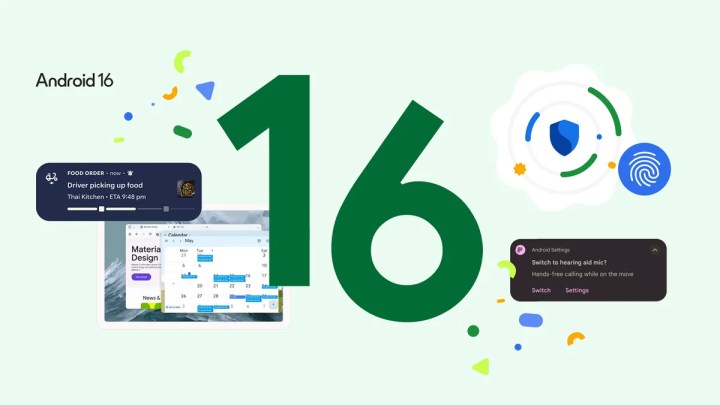 Android 16 logo surrounded by various app and feature icons representing its new functionalities.
Android 16 logo surrounded by various app and feature icons representing its new functionalities.
Android 16: Appreciating the Subtle but Significant Upgrades
This isn’t to say Android 16 brings nothing new to the table. For many users, the features included in this update will significantly enhance their platform experience. I’m already finding value in the grouped notifications, especially as my home smart cameras deliver a constant stream of alerts (better safe than sorry, after all). I also look forward to my next food delivery to track its progress in real-time with live updates.
While I am fortunate not to personally require the improvements Google has made to hearing device integration, I understand this will be a monumental advancement for hearing-impaired users. These are tangible benefits that, while not as visually flashy as a complete redesign, contribute meaningfully to the user experience. Android 16 continues Google’s tradition of refining and adding practical functionalities that address real-world needs.
Conclusion: Substance Over Style in the OS Landscape
There’s no doubt that iOS 26 will feel transformative for iPhone users, likely breathing new life into their devices with its “Liquid Glass” aesthetic. However, for Android users, the reality is that Apple is playing catch-up in several areas. The initial allure of a shiny new interface can be strong, but it’s crucial to look deeper. Android 16, while not a dramatic visual departure, delivers solid, practical improvements that enhance daily use. Don’t let the gloss of a competitor’s redesign overshadow the substantive value Android continues to provide. Android isn’t falling behind; it’s steadily evolving with user-focused enhancements.



